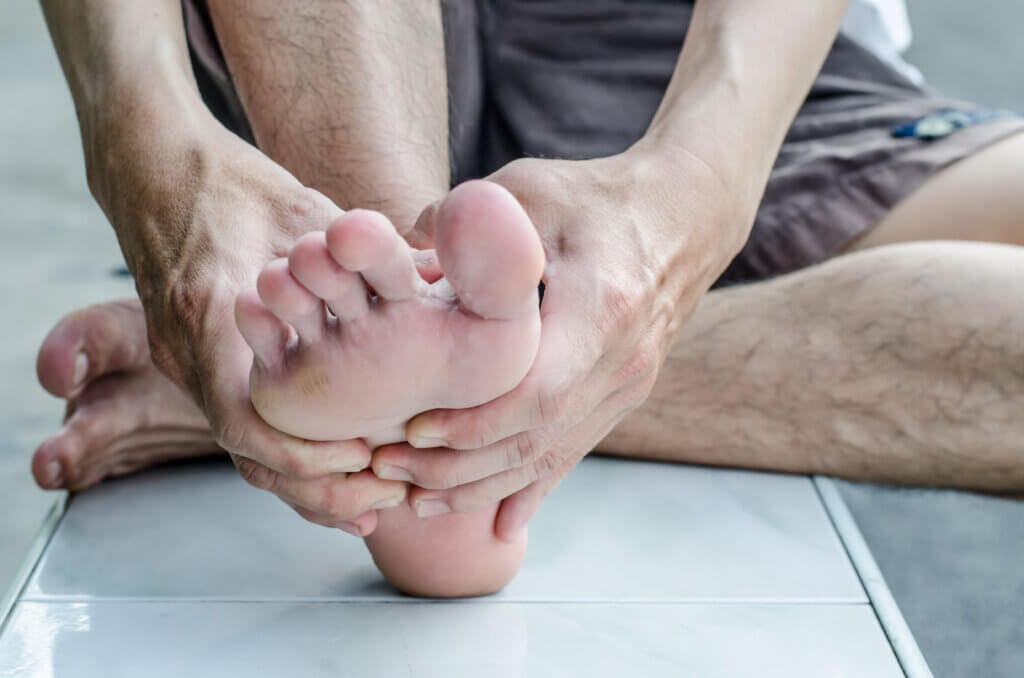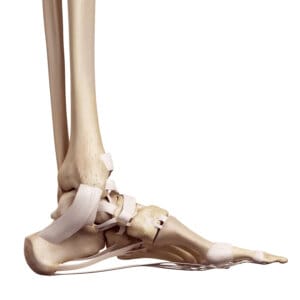
Arthritis In The Feet
Arthritis in the feet
There are many types of arthritis that can affect the feet. In clinic, there are 4 main types that we see on a regular basis. Here we will talk about these types of arthritis in the feet, some signs and symptoms to look out for, as well as some foot care advice.
Common types of arthritis in the feet
Osteoarthritis.
This is by far the most common cause of arthritis in the feet that we see. Osteoarthritis, or OA for short, is caused by wear and tear in the joints over time. There are some increased risk factors for developing OA, such as foot shape/type, genetics, participation in sports, weight, and even some types of footwear, such as high heeled shoes. It can affect any joint and isn’t always symmetrical across both sides of the body.
Rheumatoid arthritis
Rheumatoid arthritis, or RA for short, is a type of inflammatory arthritis that can cause destruction in the joints. It commonly affects the small joints in the feet and hands and is usually quite symmetrical in both feet/hands. The joints often become red and inflamed during a flare-up of RA. RA is usually managed with various types of medication.
Gout
Gout is caused by an excess amount of uric acid in the blood, which deposits as crystals within a joint. It is common in the big toe joints especially, but it can affect any joint in the feet or elsewhere in the body. It can be managed by dietary changes and medication.
Psoriatic arthritis.
This is another type of inflammatory arthritis that often affects the joints in the toes and fingers and occurs alongside psoriasis in the skin. If you suffer with psoriasis in your skin and develop swelling, redness or pain in the joints of your feet, then it is worth visiting your GP and getting a referral to a rheumatology team for assessment and management.

Signs and symptoms of arthritis in the feet
- Joint pain
- Stiffness
- Redness
- Swelling
- Heat
- Sensitivity
Foot health advice
If you suffer with any type of arthritis in your feet, then good foot health and advice is essential to keep you comfortable and mobile.
- Taking any prescribed medication regularly will help to keep symptoms of inflammatory arthritis under control.
- Regular Podiatry appointments to manage any pressure points in the feet, such as calluses and corns.
- Use of moisturisers regularly to keep skin soft and supple.
- Appropriate footwear for your condition.
- Exercise where possible will help to manage symptoms. It may sound counter-intuitive, but exercise can help to keep joints supple, and helps to keep the ligaments, tendons and muscles that support the joints stronger.
Footwear
There are plenty of condition-specific types of footwear out there. For those feet that have swelling or deformity through inflammatory arthritis, then a deep toe box with a soft upper material can be useful. For those with OA for example, then a shoe with a rocker bottom sole may reduce the pressure through the big toe joint and ease discomfort. Orthotics can also help to modify the movement within the foot to help manage symptoms.
Your Podiatrist will be able to advise on any of the above.
If you would like more help or advice on arthritis and your feet, you can book in to see us here.
There is further information on arthritis here.
Anna Conway
BSc (Hons), MCPod, SRCh, PGcert Podiatry
Owner, Lead Podiatrist

